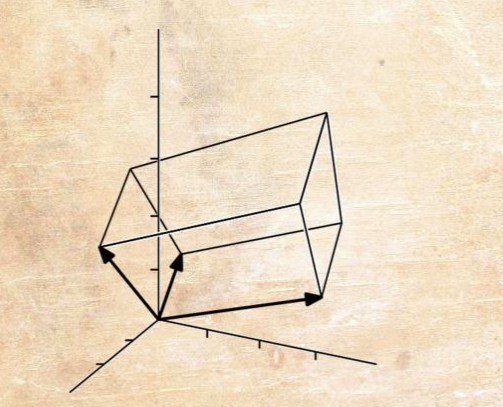
Perpetual student. Interested in Maths, Computer Science and Machine Learning.
These notes have been derived from (i) Essence of Linear Algebra (ii) MIT OCW Linear Algebra, and (iii) Matrix Methods in Machine Learning.

Essence of Linear Algebra talks about the Matrix as a list of column vectors. In this note, we explore the Matrix as a set of linear equations (row-wise). We go over Gaussian Elimination, Matrix Inversion and A = LU Factorization; the topics that were left out of Essence of Linear Algebra videos. They follow Gilbert Strang’s 18.06 Course on MIT OCW. Also note, for now, we only talk about square matrices and systems where num of linear equations is equal to the number of unknowns.
Till now we have only worked with square matrices and linear systems with as many equations as the number of unknowns. Now we step into the realm of non-square matrices. These notes are majorly derived from MIT OCW 18.06 Series.
We are now equipped with the basics of Linear Algebra. We are familiar with how a matrix can be used to represent a vector space, as well as a system of linear equations. Now let us try to apply this knowledge to learn from data (aka Machine Learning). We will be relying on ECE 532 and MIT 18.06 for the same.
In the last note, we looked at our first application of Linear Algebra in Machine Learning. Here we look at EigenDecomposition, which again has lots of ML applications, one of the most common being PCA. We will also discuss Symmetric Matrices and Quadratic Functions (which are widely used in Probability and Optimization).